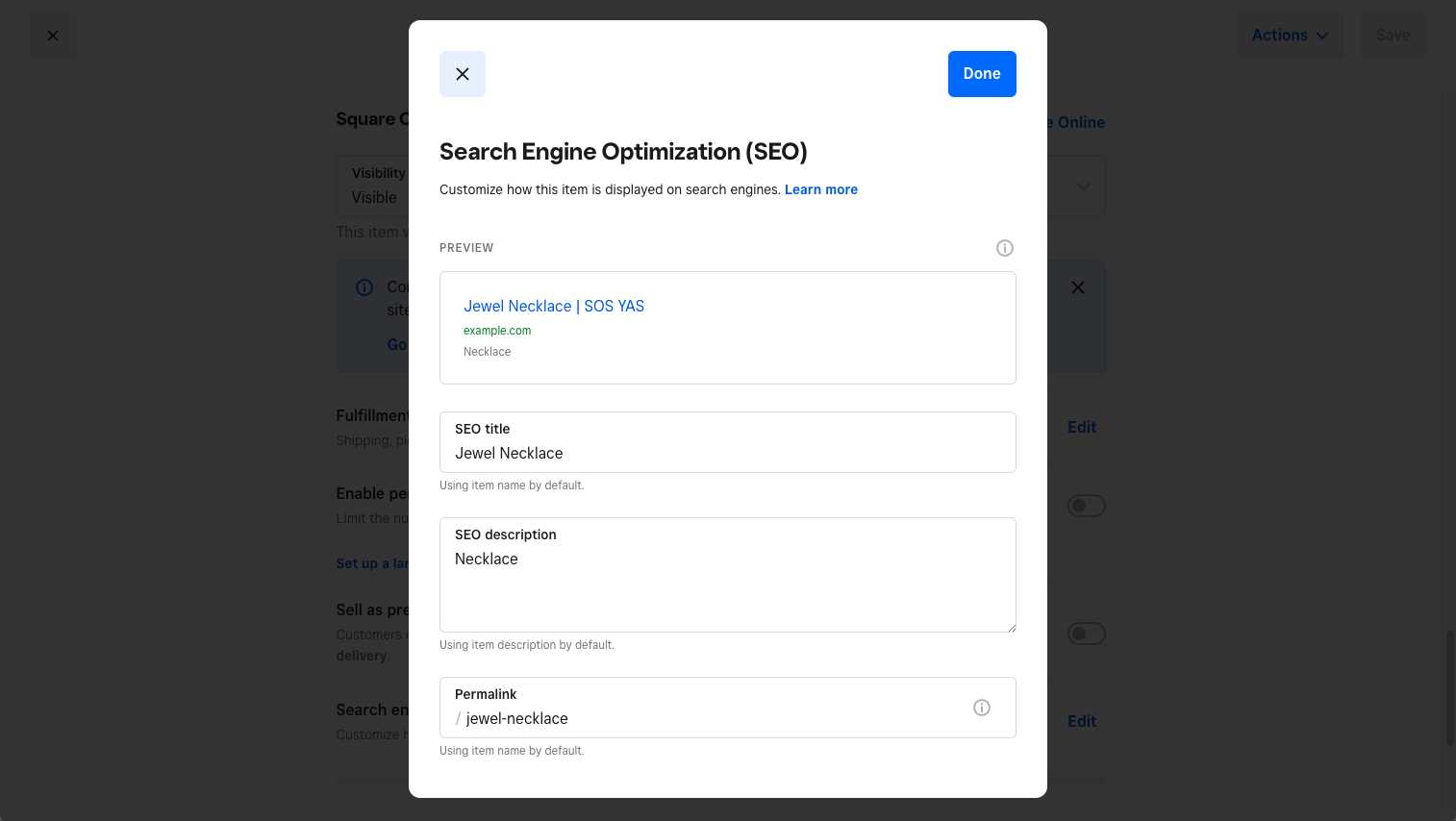Discovering What Is Not Considered a Default Medium in Google Analytics for SEO
Discovering What Is Not Considered a Default Medium in Google Analytics for SEO
Blog Article
Believing Outside package: Leveraging Unconventional Mediums to Maximize Google Analytics Efficiency
In the world of electronic advertising, the quest for improved Google Analytics efficiency has actually ended up being a calculated imperative for businesses seeking to fine-tune their on the internet presence. By exploring unusual tools as opportunities of information collection, a new world of possibilities emerges.
One-of-a-kind Information Resources

CRM systems, as an example, can offer understandings right into specific client communications, purchase background, and choices, which can be incorporated with Google Analytics information to create even more tailored advertising and marketing techniques. Social network systems provide valuable data on individual demographics, rate of interests, and interaction metrics, enabling organizations to evaluate the performance of their social media campaigns and enhance web content for far better efficiency. Email marketing data, consisting of open rates, click-through rates, and conversion metrics, can likewise be leveraged to track customer involvement and actions past internet site communications captured by Google Analytics. By leveraging these unique information sources, organizations can refine their methods, improve targeting efforts, and improve general Google Analytics efficiency.
Social Network Insights

Additionally, social media sites analytics devices allow businesses to track crucial efficiency indications, display project effectiveness, and gauge the influence of their on-line activities. Understanding the demographics of followers, recognizing preferred web content themes, and examining engagement degrees can help businesses customize their marketing approaches for better outcomes.
Offline Marketing Combination
Integrating offline advertising and marketing techniques with electronic analytics can boost total project performance and give a much more extensive understanding of customer actions. what is not considered a default medium in google analytics. By connecting the void between online and offline initiatives, businesses can track the impact of conventional advertising and marketing channels such as print advertisements, TV commercials, direct-mail advertising, and occasions on their on-line existence

Moreover, applying telephone call radar for offline advertising and marketing tasks enables services to capture useful data on client questions created through printed promotions or materials (what is not considered a default medium in google analytics). By evaluating telephone call information along with on-line metrics in Google Analytics, organizations can gain deeper understandings right into the consumer journey and enhance advertising and marketing methods for improved performance across all channels
IoT and Wearable Innovation
Utilizing IoT and wearable technology in electronic analytics can revolutionize data collection and consumer understandings for services seeking a much deeper understanding of individual habits patterns. These cutting-edge modern technologies use a seamless method to gather real-time information from numerous touchpoints. IoT gadgets can track individual communications with services or products, offering important information on usage find more patterns and choices. Wearable innovation, such as smartwatches or health and fitness trackers, can offer insights right into user activities, wellness metrics, and also place information.
Gamification Methods
The application of gamification techniques in electronic analytics presents an ingenious approach to improving user view publisher site involvement and driving workable insights for services. By including game-like elements such as points, badges, leaderboards, and rewards into the analytics interface, firms can encourage users to engage much more regularly and meaningfully with the information.
Gamification motivates users to discover different functions of the analytics platform, revealing important understandings that could have or else gone unnoticed. With interactive challenges and progress monitoring, users are incentivized to dig deeper right into the data, causing increased time invested in the system and a greater probability of discovering essential fads or patterns.
Moreover, gamification can promote a sense of competition amongst customers, stimulating them to pursue greater performance and involvement levels. This affordable spirit can drive raised customer fostering prices and a more thorough application of the analytics devices readily available. Inevitably, by leveraging gamification approaches in electronic analytics, services can produce a much more engaging and productive environment for customers, resulting in even more informed decision-making and improved general efficiency.
Conclusion
To conclude, leveraging non-traditional tools such as distinct data resources, social media insights, offline advertising and marketing integration, IoT and wearable innovation, and gamification methods can enhance Google Analytics efficiency. By believing outside the box and exploring these alternate sources of information, organizations can gain important understandings and boost their total marketing approaches. It is essential for companies to continuously discover brand-new ways to gather information and assess it in order to stay ahead in the ever-evolving digital landscape.
By including information from resources such as customer partnership administration (CRM) systems, social media platforms, and e-mail advertising campaigns, companies can get a more extensive understanding of their audience habits and engagement patterns. Social media platforms offer beneficial information on user demographics, interests, and involvement metrics, allowing companies to evaluate the efficiency of their social media projects and optimize web content for far better efficiency. By leveraging these distinct data resources, businesses can improve their techniques, improve targeting initiatives, and enhance general Google Analytics performance.
Exploring social media understandings can supply organizations with important information on from this source individual demographics, rate of interests, and interaction metrics, permitting for notified decision-making and strategic optimization of marketing efforts. By assuming outside the box and checking out these alternate resources of data, services can gain valuable insights and improve their overall advertising methods.
Report this page